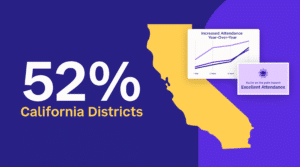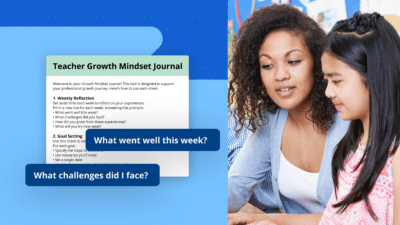![HERO_[Boost] [Case Study] A. Philip Randolph High School Image of School building with icons framing it](https://www.schoolstatus.com/wp-content/uploads/HERO_Boost-Case-Study-A.-Philip-Randolph-High-School-400x225.png)
Featured Resource
Why Over Half of California School Districts Trust SchoolStatus
Read More >Join Mission: Attendance to reduce chronic absenteeism in 2025-26! >> Learn How <<



Discover how Berwyn South School District 100 built a unified instructional coaching vision that boosts teacher support, enhances student learning, and aligns with district goals. Learn how data, trust, and strategic leadership drive impactful coaching in K–12 education.
![Hero_[Boost] Case Study_ Berwyn South School District 100 (Illinois)](https://www.schoolstatus.com/wp-content/uploads/Hero_Boost-Case-Study_-Berwyn-South-School-District-100-Illinois-900x506.png)
Organization: Berwyn South School District 100
District Size: ~3,000 students
Coaching Team: 18 instructional coaches across 8 elementary schools
Product: SchoolStatus Boost
Location: Illinois
Berwyn South School District 100 serves approximately 3,000 students across eight schools. Over the past decade, the district has developed a coaching program grounded in relationship-building, visibility, and student-centered practice. Under the leadership of Samantha Shuman, Director of Instructional Innovation, the district has created a unified coaching vision that aligns with district initiatives and supports instructional growth.
What began in 2012 as a response to implementing one-to-one iPads has evolved into a multifaceted coaching model. Initially focused on instructional technology, the district expanded its support to include literacy coaches in 2013-2014 and now provides a wide range of services, including biliteracy, literacy, early learning, math, and technology coaching.
Instructional coaches are embedded in schools and are a key part of the district’s strategy for teacher growth.
Coaches are visible from day one. They’re not evaluators—they’re partners.
Samantha Shuman, Director of Instructional Innovation
The coaching model, grounded in Jim Knight’s impact cycle, emphasizes visibility, shared language, and partnership.
The district uses SchoolStatus to track coaching time, categorize coaching cycles, and align efforts with district goals. In addition to data, the district collects coaching stories three times a year.
We collect stories because data alone can’t show how coaching feels.
Samantha Shuman, Director of Instructional Innovation
These qualitative insights reveal the depth of coach-teacher relationships and their impact on practice. For instance, coaches have helped special education and general education teachers implement new resources and tailor math instruction for students with high needs.
The stories show what aggregated data alone can’t make visible.
When it comes to the data, though, it also shows how impactful instructional coaches have been across Berwyn South. This year alone, they’ve worked with 245 teachers and spent over 800 hours in classrooms.
Superintendent Dr. Mary Havis supports coaching as a high-impact investment aligned with Illinois’ evidence-based funding. Shuman highlighted research indicating an effect size of 1.25 to 2.7 for instructional coaching, which the district uses to advocate for continued support.
Coaching works because the whole leadership team believes in it—and advocates for it.
Samantha Shuman, Director of Instructional Innovation
“We’re really fortunate that our admin team believes in coaching. Principals and Assistant Principals are often the ones asking for more coaching support in their buildings.”
The district plans to enhance Professional Learning Community (PLC) conversations around student work and data, build reflective practices through new SchoolStatus features, and continue fostering trust-based relationships.

![HERO_[Boost] [Case Study] A. Philip Randolph High School Image of School building with icons framing it](https://www.schoolstatus.com/wp-content/uploads/HERO_Boost-Case-Study-A.-Philip-Randolph-High-School-400x225.png)


Ready to learn more about our suite of solutions?
